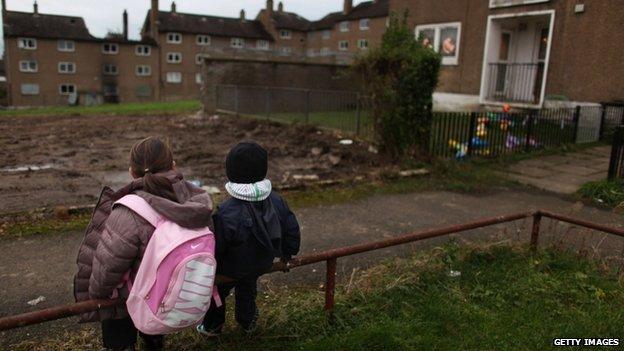Is there a housing crisis in Scotland?
- Published

The rival parties in Holyrood's election race have traded claims amid talk of a "housing crisis" in Scotland, with each proposing new targets and schemes to build new affordable homes.
What are the true figures behind the industry in Scotland, and what do the politicians plan to do about it?

What has been happening?
To put it simply, fewer houses are being built in Scotland than there used to be.
Builders, property firms and politicians say this is driving up prices, making things hard for both renters and first-time buyers and leaving tens of thousands of people on council waiting lists for a home.
Throughout the first nine years of the Scottish Parliament, more than 24,000 houses were built in Scotland every year.
But the figures started to slip from 2007/08, the beginning of a slide which left new builds under 15,000 by 2012/13.
There is some evidence of the market beginning to rally slightly in recent years, but with the independent Commission on Housing and Wellbeing, external recommending in 2015 that 23,000 new houses be built annually, the figures are still some way from meeting targets.
Why is all of this important? Well, statistics show young people in particular are now struggling to get on to the housing ladder.
Up to 2005, at least half of homes where the householder was aged between 16 and 34 were privately owned, either outright or via a mortgage.
However, since then the figure has been on the slide - and in 2012 the number of people from that age group renting privately overtook those owning. By 2014, 30% of people in this category were owners, 41% rented privately and 26% were social renters in council houses or similar.

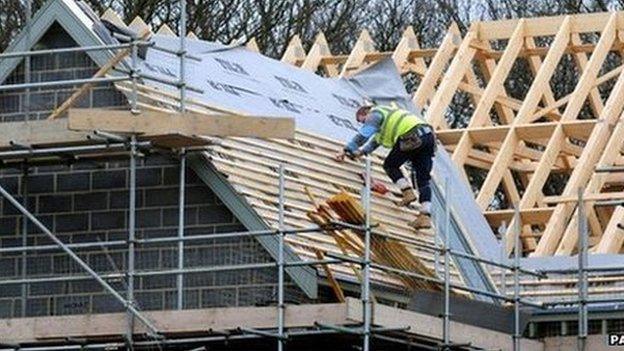
What's the problem?
The house building market was hit hard by the economic downturn starting from 2007, with lots of small and medium sized builders going out of business.
The chief decline in house building was in the private sector; in the five years after the economic downturn, the number of houses built by private firms fell by more than half.
Throughout this period, building by local authorities and housing associations rose, taking up some of the slack.
But as the private sector began to recover in the years leading up to 2014, public sector building fell back again, with the 3,353 houses completed by local authorities and housing associations in 2014 the lowest since 2004.
Firms also complain that projects spend too long caught up in the planning process, with government statistics suggesting it takes 64 weeks for a major development to get planning permission.
Companies say local authorities also often ask them for large contributions towards local infrastructure, for new roads, water treatment works or schools, which they say make it "extremely difficult" for some developments to go ahead.
Lobby group Homes for Scotland, which represents 95% of Scotland's building firms, has put together a manifesto for May's elections, external.
They are calling on the next Scottish government to put pressure on councils to lift barriers and streamline the planning process, as well as fostering wider commercial lending to small and medium building firms.


Affordable investment
The key buzzword for politicians has been "affordable" housing. This mainly means houses for social rent, such as council houses - but in recent years a number of other forms of affordable housing have started to win funding.
The main way the government helps fund projects is through the Affordable Housing Supply Programme. It funds a range of schemes including council house building and grants for social landlords to build or renovate properties. The last Scottish government spent £1.7bn on this scheme, and pledged a further £572m for 2016/17.
While the number of new build houses constructed under this programme did not increase significantly across the last Scottish Parliament, the number bought up and redeveloped as affordable housing did.
As mentioned above, there is also a difference drawn between houses on this scheme built or refurnished for social rent, and those for "other affordable rent" - the latter category including things like mid market rent grants aimed at people who could pay more than a social rent.
While there was a decrease in the number of houses built purely for social rent in the last parliament, there was a steady increase in these "other" properties - something which has been criticised by opposition parties.

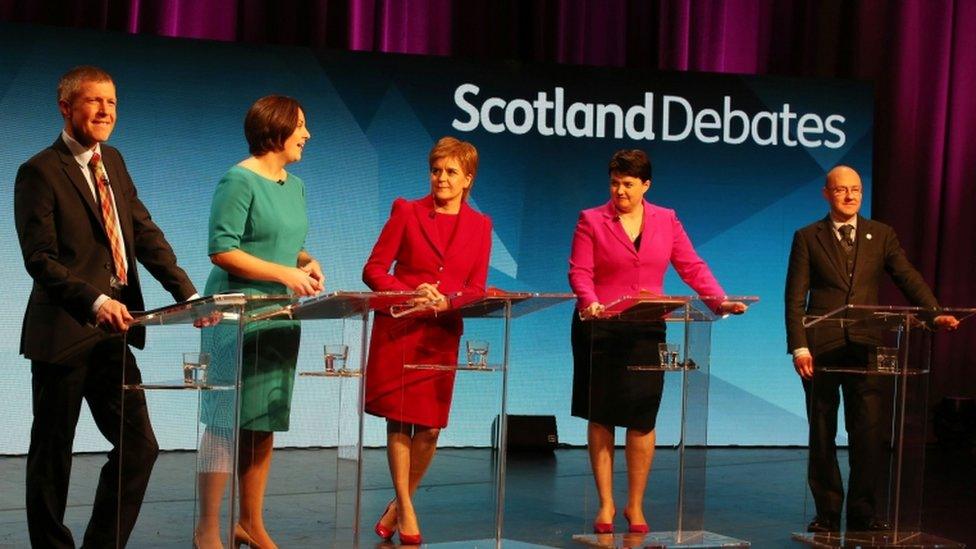
What are the parties saying?
The SNP say they would build 50,000 new affordable homes by the end of the next parliament, which would include 35,000 housing association or council properties.
Scottish Labour has pledged to go beyond this figure and build a minimum of 60,000 affordable homes, with 45,000 of them going to councils or housing associations for social rent. They also plan a deposit system to help first-time buyers.
The Conservatives pressed for the number to be even higher, with Ruth Davidson saying in February that the next Scottish government should strive to build 100,000 new homes by boosting building by 10% year on year, with 50,000 of them falling into the "affordable housing" categories.
The Scottish Liberal Democrats want to see 110,000 new homes built across the term of the next Scottish Parliament - 50,000 of them affordable homes, of which 40,000 would be for social rent rather than purchase.
The Scottish Greens meanwhile have targeted "radical" reform of the housing sector, starting with rest controls on the private sector. The party also wants to introduce a tax on derelict land to free it up for the development of affordable homes, and want at least 12,000 new social rent houses build each year.
UKIP has set a target of 50,000 social and affordable houses being built across the five-year parliament, while Rise have called for "an ambitious target of 100,000 new homes".
- Published26 March 2016

- Published16 February 2016
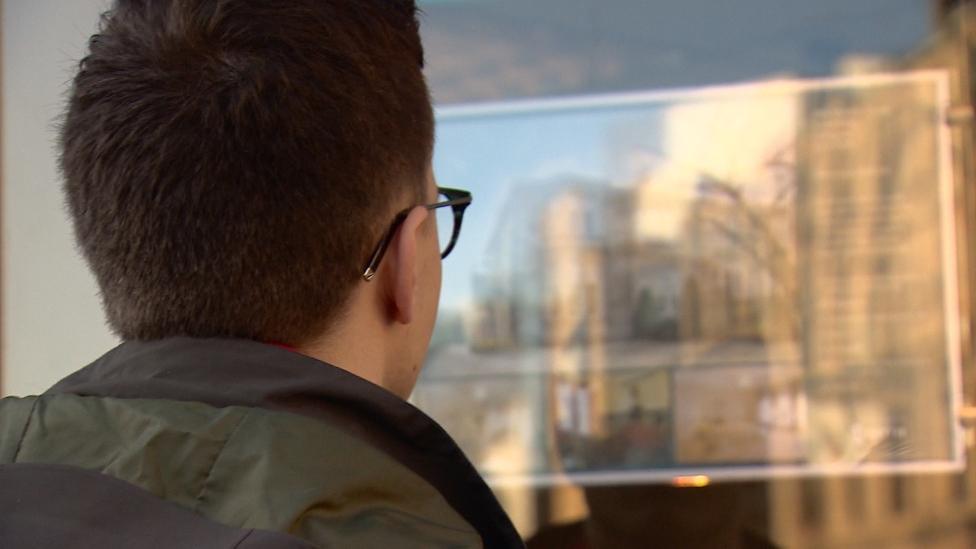
- Published4 January 2016
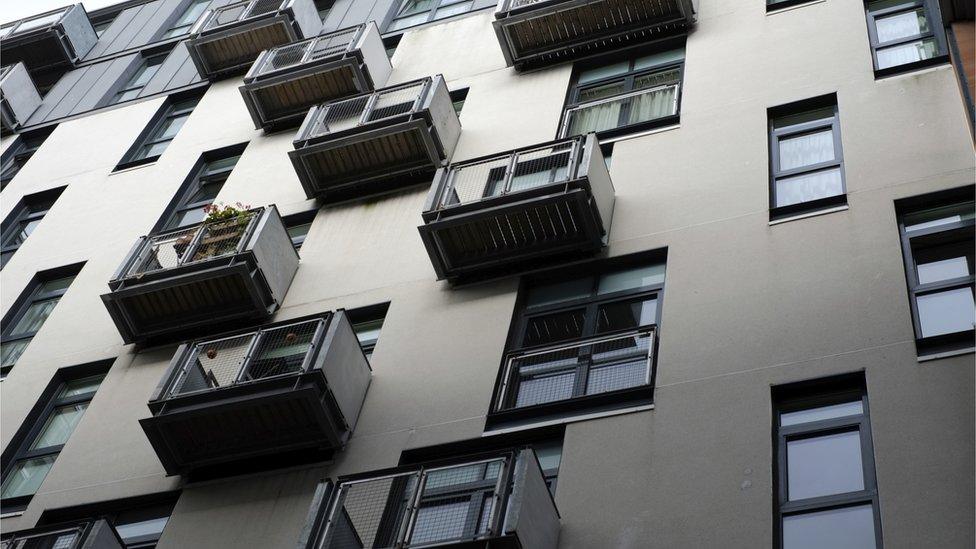
- Published10 June 2015
